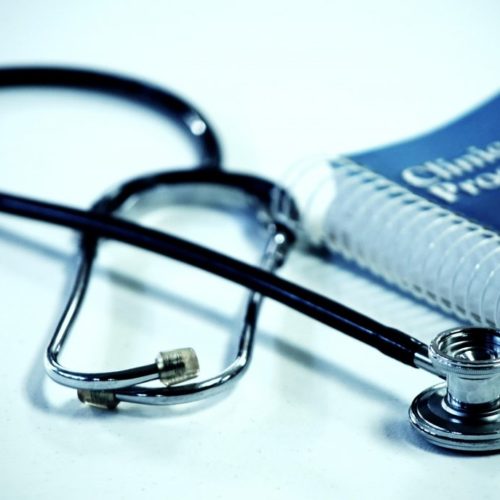Antibiotic prescribing down but more needs to be done
In the past seven years, per person antibiotic prescriptions have declined 9%, according to a report by the Blue Cross Blue Shield Association. The rate declined even faster for children and infants. Overuse of antibiotics is blamed for contributing to the rise of antibiotic-resistant bacteria or “superbugs”. Every year 2 million Americans become infected with bacteria that do not respond to antibiotics and 23,000 die of that illness. Public health officials have been working to bring down the rate of antibiotic prescribing, especially for conditions that do not respond to antibiotics, e.g. most colds which are caused by viruses. Antibiotic prescription rates were 16 times higher in rural areas. States vary significantly in the rate of antibiotic prescribing, suggesting areas to target with public education campaigns.
In more good news, the biggest drop in prescribing was for broad spectrum antibiotics, the most likely to trigger antibiotic resistance, which declined 13% from 2010 to 2016. Unfortunately, a great deal of work remains. The study found that last year 63% of antibiotics were prescribed for conditions which might be appropriate and another 21% for conditions which were not indicated.
| Antibiotic prescriptions filled per 100 people, 2016 | Rank among states | Percent change in antibiotic prescribing, 2010 to 2016 | |
| CT | 82.7 | 17th highest | -8% |
| DE | 82.5 | 18th | +3% |
| ME | 64.4 | 42nd | -11% |
| MD | 72.5 | 32nd | -9% |
| MA | 67.1 | 37th | -11% |
| NH | 67.0 | 38th | -6% |
| NJ | 72.7 | 31st | -13% |
| NY | 79.2 | 24th | -13% |
| PA | 85.1 | 16th | -6% |
| RI | 81.8 | 19th | -15% |
| VT | 59.1 | 46th | -5% |
| US | 82.6 | -9% |



